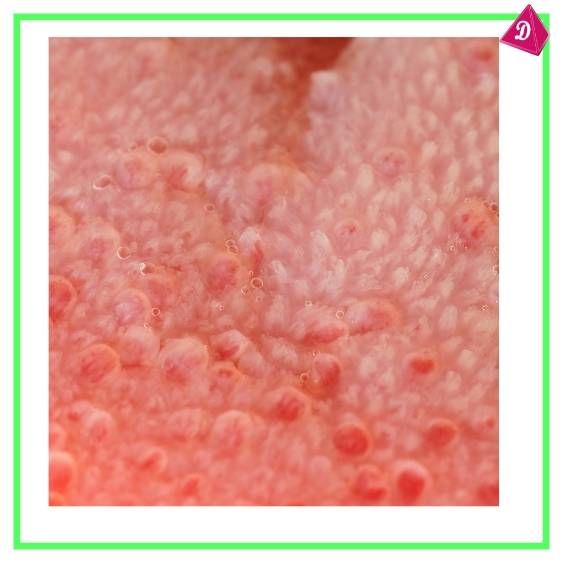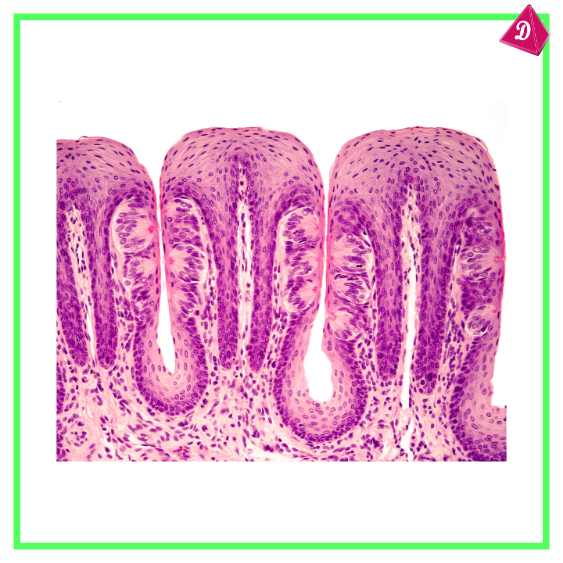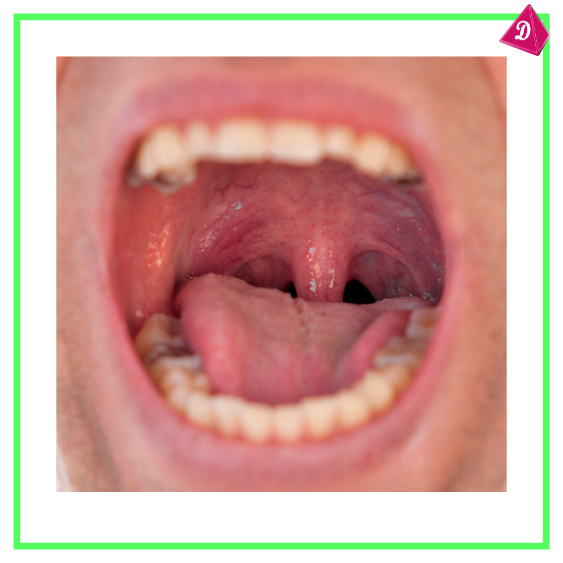Taste Is Something Connected To The Tongue And The Palate
Key Notes:
Role of the Tongue:
- The tongue is the primary organ for tasting.

- It contains taste buds, which are sensory receptors that detect flavors.

- Different areas of the tongue are sensitive to specific tastes: sweet, salty, sour, bitter, and umami (savory).

Taste Buds:
- Located on the tongue, palate, throat, and inside the cheeks.

- Each taste bud has about 50–100 receptor cells that identify flavor molecules.

- These receptor cells send signals to the brain, where taste is perceived.
Role of the Palate:
- The hard palate (roof of the mouth) provides support and works with the tongue to manipulate food for tasting.

- The soft palate at the back of the mouth helps detect texture and contributes to the sensation of flavor.
How Taste Works:
- Molecules in food dissolve in saliva.
- These molecules interact with receptors on the taste buds.
- Signals are sent to the brain’s gustatory cortex, resulting in the perception of taste.
Factors Influencing Taste:
- Age: Taste sensitivity declines with age.

- Health: Conditions like colds or nasal congestion can affect taste.

- Genetics: Some people have heightened sensitivity to certain tastes.

- Diet: Habitual eating patterns can alter taste perception.

Taste and Other Senses:
- Taste works in combination with smell to create the perception of flavor.
- Texture and temperature, detected by nerves in the tongue and palate, also contribute.
Importance of Taste:
- Helps in identifying spoiled or harmful food.
- Enhances the enjoyment of eating.
- Plays a role in digestion by stimulating saliva production and preparing the stomach for food.
Health and Hygiene:
- Maintaining oral hygiene is essential for preserving taste sensitivity.

- Smoking, alcohol, and certain medications can dull taste over time.
Fun Fact:
- Humans have about 8,000–10,000 taste buds, and they regenerate approximately every 10–14 days.
Let’s practice!

